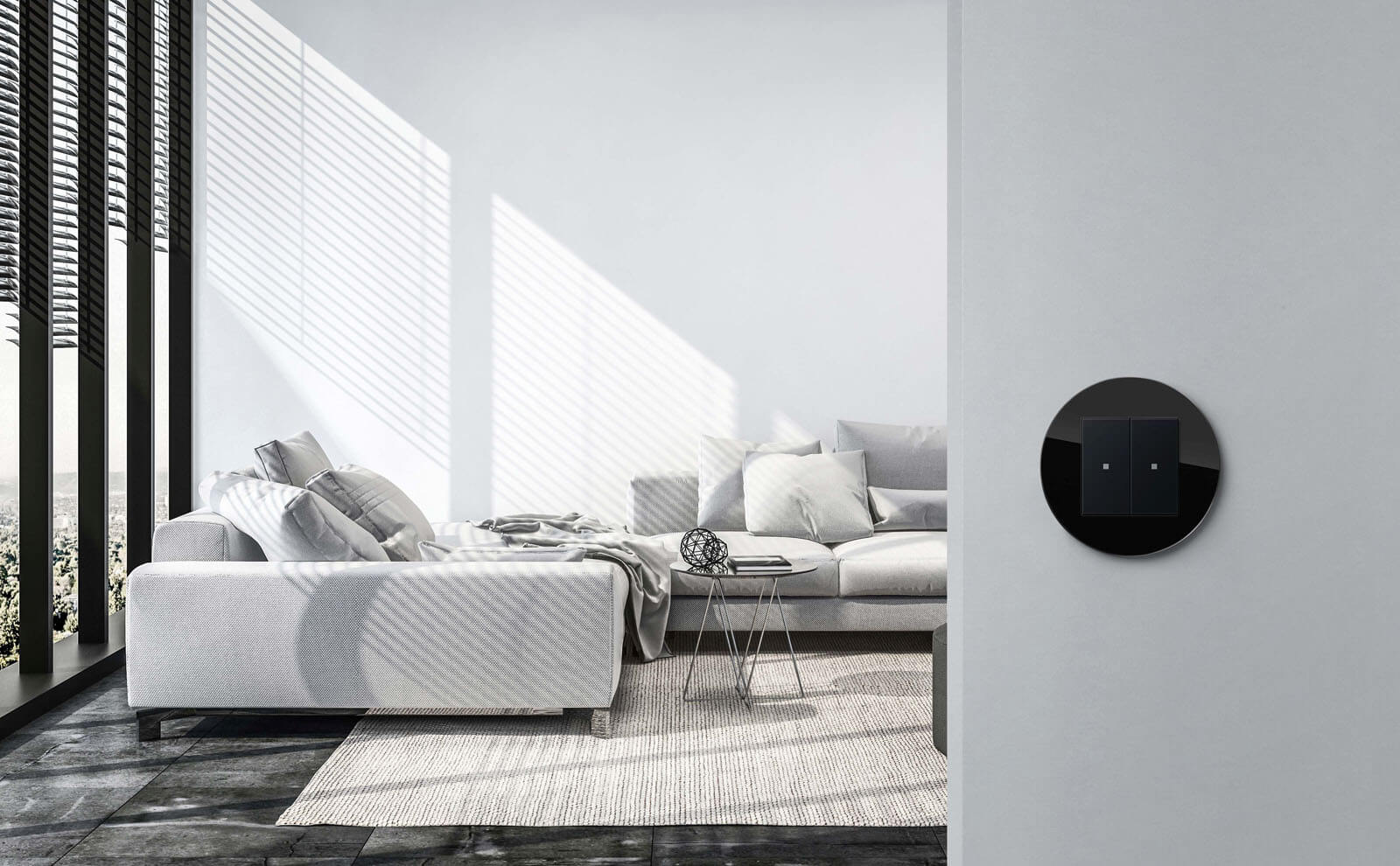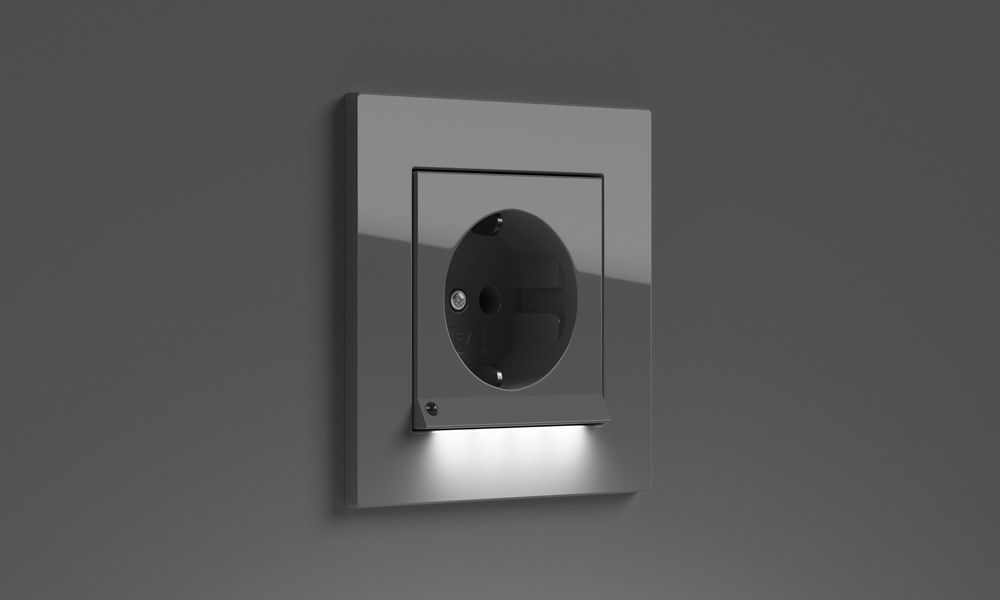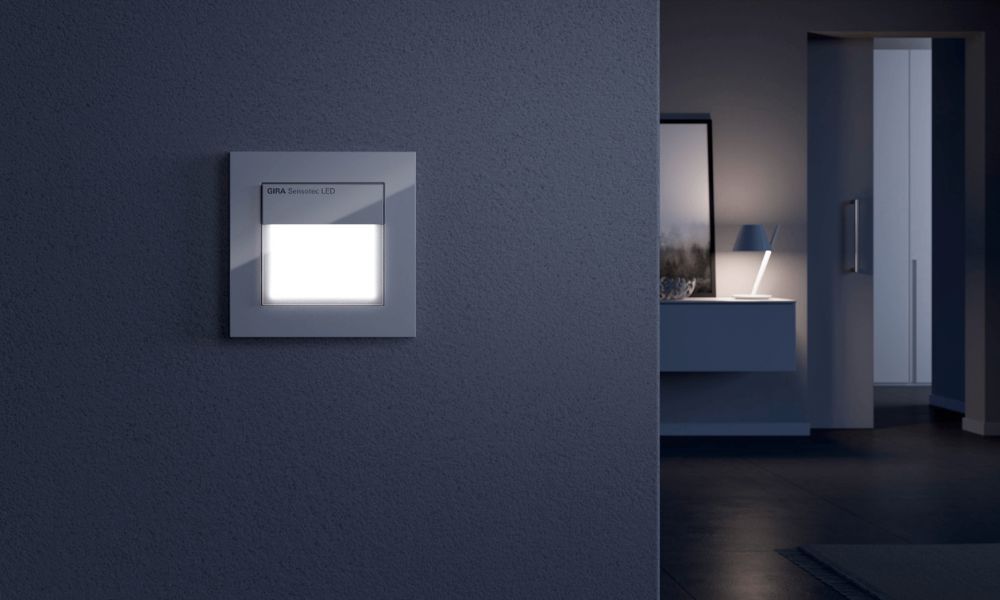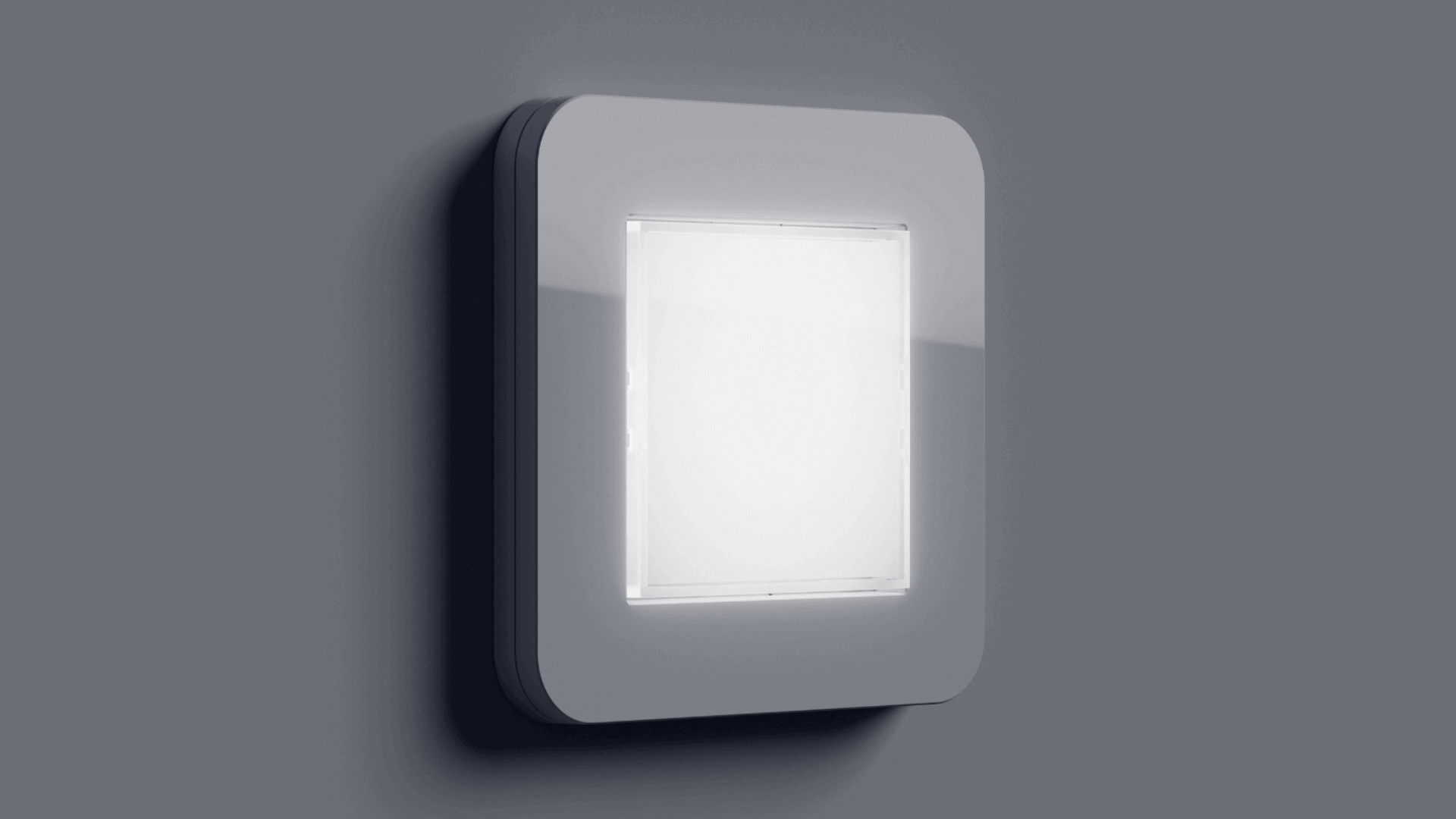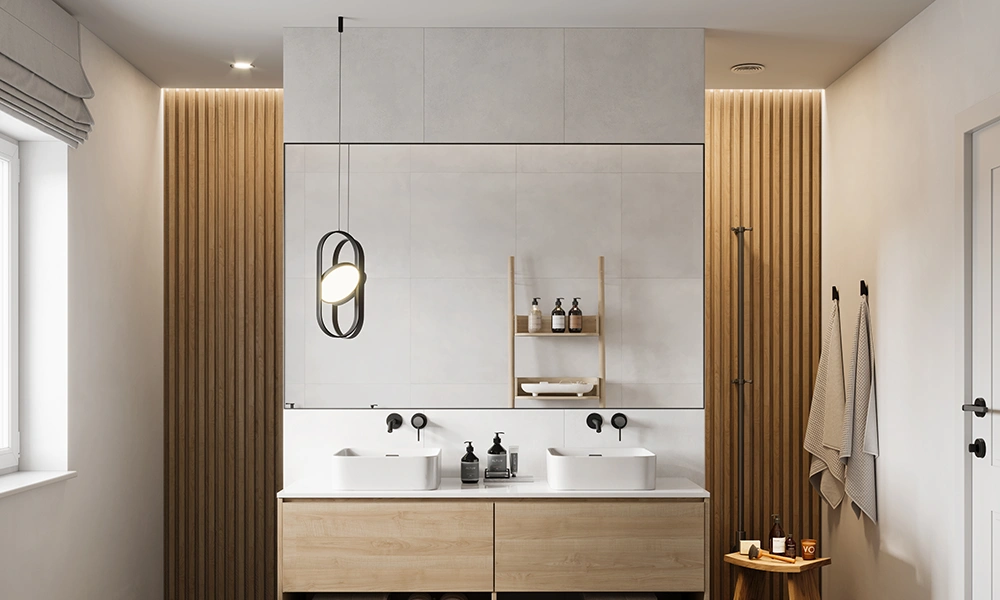
Efficient, eco-friendly, and incredibly durable—LEDs offer numerous advantages over other types of lightbulbs. This article explores why switching is worthwhile and what to consider when replacing halogen bulbs with LEDs.
Replacing halogen with LED – the key facts:
Save energy and protect the environment: LEDs are highly energy-efficient.
Longer lifespan: LED bulbs require less frequent replacement.
Available in many shapes and styles: There’s an LED for every need.
Easy switch from halogen to LED: Just a few considerations to keep in mind.
Recyclable: LEDs should not be disposed of with regular household waste.
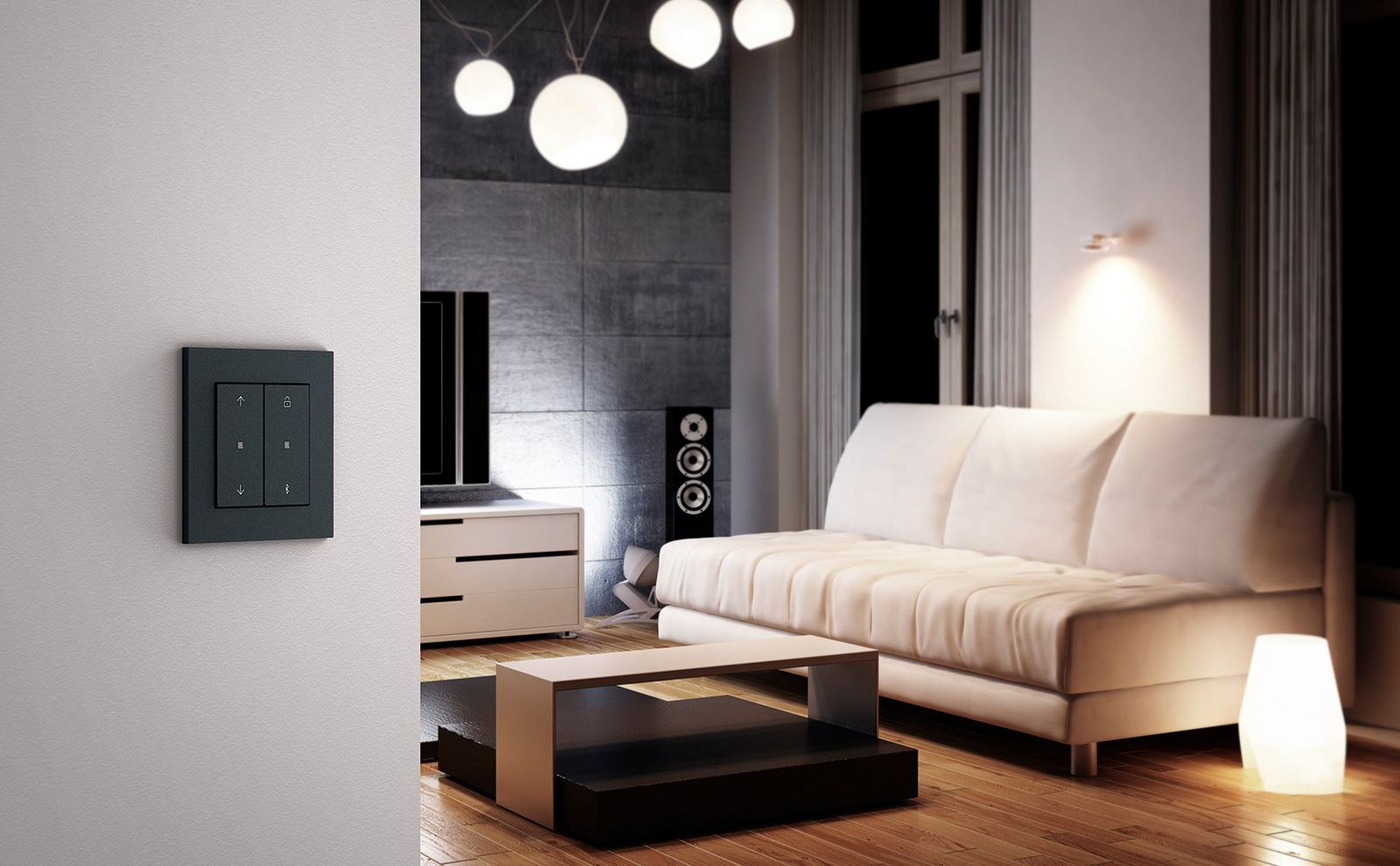
After the phase-out of incandescent bulbs, LEDs initially took a backseat to halogen lamps. But those days are long gone. With rising energy costs and increasing environmental awareness, LEDs are surging in popularity. We’ll explain why this shift is overdue and show you how to replace halogen bulbs with LEDs without a hitch.
Efficient & eco-friendly: why you should replace halogen bulbs with LEDs
First things first: Why should you switch from halogen to LED at all? The reasons are compelling – starting with cost savings. LEDs are significantly more energy-efficient, using about 75% less electricity than halogen bulbs.
This not only reduces your electricity bill but also benefits the environment. The more bulbs you replace with LEDs, the greater your savings. Another advantage: unlike CFL bulbs, LEDs contain no mercury, making them safer for the environment.
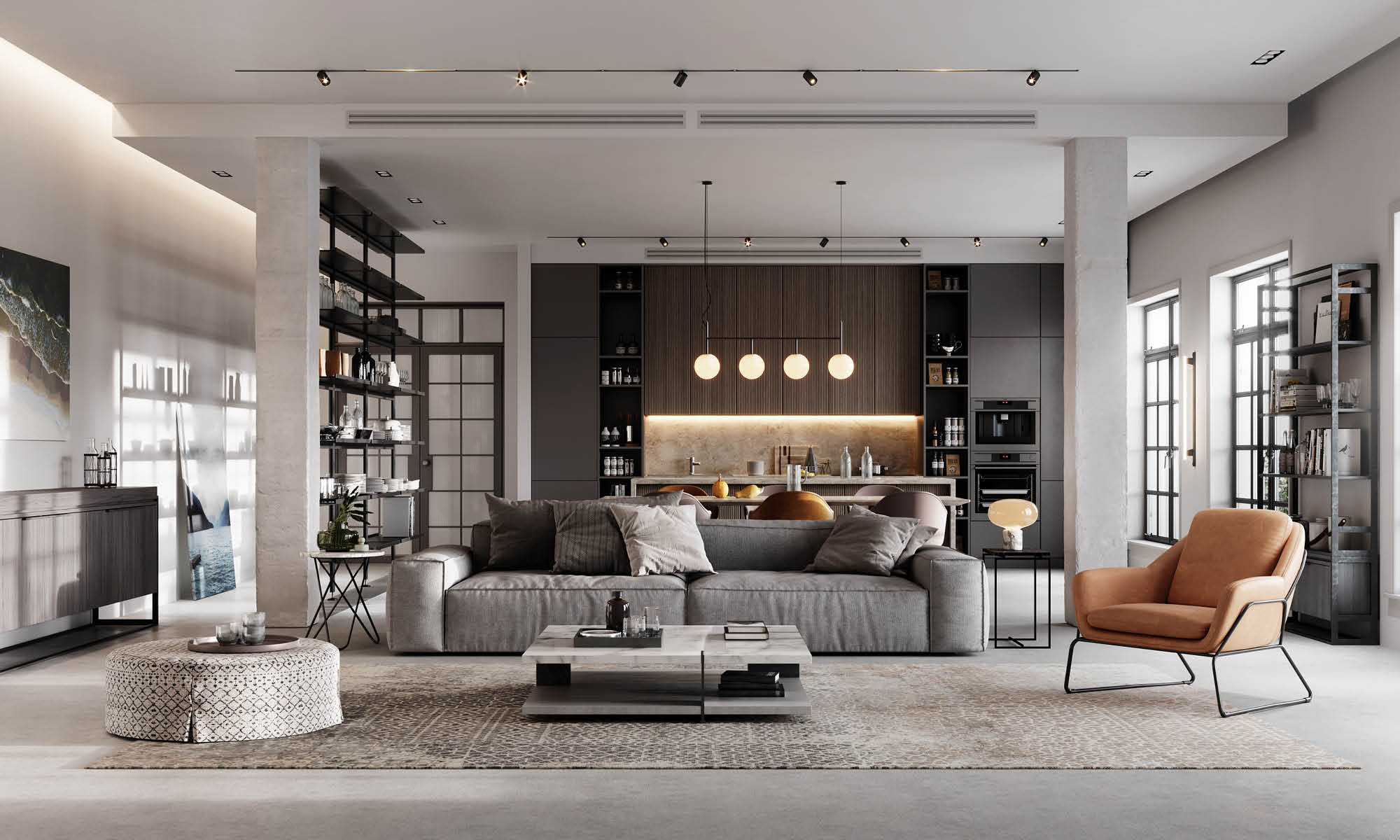
Replacing halogen rods with LEDs: comparing durability and costs
One of the biggest advantages of LEDs is their longevity. While halogen lamps last about 2,000 hours, LEDs exceed that by more than tenfold. Some manufacturers even promise up to 100,000 operating hours. Assuming a typical lifespan of 50,000 hours, an LED used 60 hours a week would last over 16 years. In contrast, a halogen bulb under the same conditions wouldn’t last even one year.
And what about costs? While LEDs are initially more expensive than halogen bulbs, their durability and energy efficiency quickly offset the higher purchase price. Plus, the lower electricity costs will further ease the strain on your wallet over time. In short: replacing halogen with LED pays off both environmentally and financially.
How to find the right LED bulb when replacing halogen
How do you choose the right LED to replace your halogen bulb? Start by considering how bright the light should be. Keep the room size and purpose of the lighting in mind. Brightness is measured in lumens: the higher the lumens, the brighter the light. Wattage only indicates energy consumption and serves as a rough guide. Thanks to their energy efficiency, LEDs provide the same brightness as halogen bulbs with significantly lower wattage.

Next, decide on the light colour, measured in Kelvin. The higher the Kelvin value, the cooler the light. Warm white lighting (2,700–3,000 Kelvin) creates a cozy lighting atmosphere, while cooler light (over 4,000 Kelvin) is more stimulating and suitable for workspaces.
Coloured LEDs are also an exciting option. Smart LED sets like Philips Hue offer 16 million colours, letting you create a personalized and atmospheric home.
How to replace halogen with LED step-by-step
Switching from halogen to LED is simple: Bring the old bulb: Take your old halogen bulb to the store. Match the specs: Choose an LED with the same shape and base to ensure compatibility. The base type is usually printed on the bulb. Consider adapters: For some sockets, adapters are available, though most standard models don’t require them.
Keep in mind: not all LEDs are dimmable. Check the packaging for compatibility with dimmers. Also, if you use a transformer (e.g., for recessed lighting), ensure it’s suitable for LEDs. Electronic halogen transformers often aren’t compatible with LEDs, so you may need to switch to an LED-compatible transformer. Conventional transformers usually work fine.
Finally, always follow safety precautions and manufacturer instructions when replacing lightbulbs.
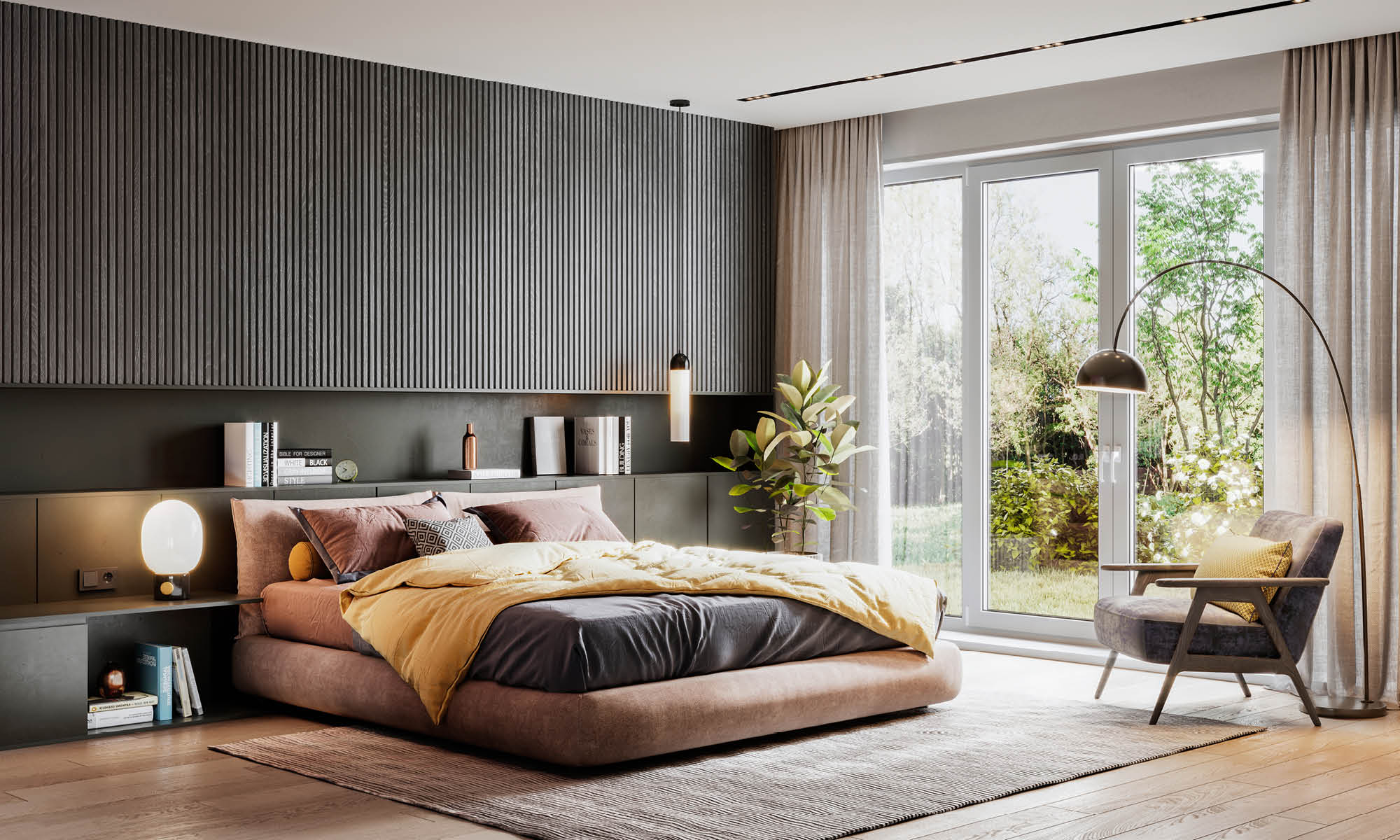
Proper disposal of LED bulbs
What if an LED bulb breaks? Unlike halogen or incandescent bulbs, LEDs should not be thrown in the trash. They contain valuable components and must be taken to designated recycling facilities. Many recycling centres, electronics stores, and even drugstores have free drop-off boxes for LED disposal. This ensures all reusable materials are fully recycled, further improving their eco-footprint.
Whether it’s energy efficiency, environmental impact, or durability, LEDs outshine halogen in nearly every category. Replacing halogen bulbs with LEDs is a win-win – easy, cost-effective, and sustainable.
